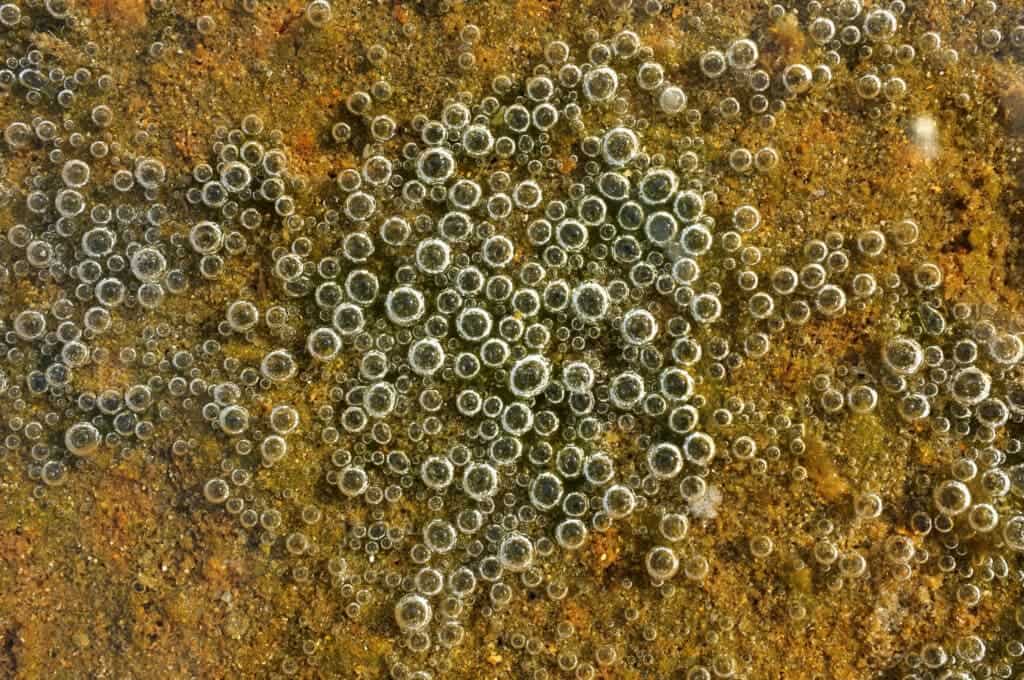Sending a self-sustained mission to Mars is now a step closer thanks to a new experiment by German researchers, who found that cyanobacteria can grow in Martian atmospheric conditions. This is big news and it means the algae could be farmed to create oxygen and fuel for other life forms on the Red Planet.

Space agencies such as NASA, the European Space Agency (ESA), and the Russian Roscosmos aim at returning to the Moon by 2024 and establishing a sustainable presence there by 2028. This is also regarded as an important milestone in a larger program leading to crewed missions to Mars, tentatively planned for 2030. Private companies such as SpaceX also aim to want to land in the Red Planet but eye an even sooner date if everything goes according to plan.
While timelines are likely to be revised, crewed missions to Mars may very take place in the coming decades. Among the crucial challenges for these missions is the need to provide crews with life-support consumables. The first mission may be sent off Earth, but eventually, the costs and risks associated with shipping things from Earth to Mars mean that we’ll also have to produce some things on site, on Mars.
This is where life sciences might help. Biological systems for the production and recycling of essential resources have been proposed for spaceflight and planetary outposts, some including cyanobacteria. The algae would be fed with material on site, such as groundwater, and in return, it would produce consumables such as oxygen and dietary proteins – also supporting the growth of other organisms.
“Here we show that cyanobacteria can use gases available in the Martian atmosphere, at a low total pressure, as their source of carbon and nitrogen,” Cyprien Verseux, lead author of the new study, said in a statement. “Under these conditions, cyanobacteria kept their ability to grow in water containing only Mars-like dust and could still be used for feeding other microbes.”
Trees get all the credit, but cyanobacteria are in large part responsible for Earth’s breathable atmosphere. All its species produce oxygen as a photosynthetic by-product, and they are an invaluable source of it. Still, replicating this on Mars has been tricky, as its atmospheric pressure is only 1% of the one found on Earth. This is too low for the presence of liquid water and the algae can grow in it directly. Recreating the conditions of Earth’s atmosphere on Mars has then been suggested, but this is still challenging due to the pressure.
Now, a group of German researchers has found a solution. They’ve created a bioreactor with an atmospheric pressure of about 10% of Earth, but using only what can be found on Mars. It includes nitrogen, CO2, water obtained from melted ice, and regolith stimulant, a mix of minerals. In other words, this could be built on Mars with relative ease and support the growth of cyanobacteria.
The team tested the reactor with a specific species of nitrogen-fixing cyanobacteria that is likely to thrive under these conditions. The results were very optimistic, with the algae growing well under all the conditions it was tested. The researchers also found that nutrients can be obtained from the cyanobacteria to feed other cultures, which can then be used for other purposes, such as producing medications.
Still, there’s plenty of work to be done before taking the idea out of the laboratory. The bioreactor was designed to test whether the algae could grow under certain atmospheric conditions and not to maximize efficiency. Plus, the parameters of the bioreactor will depend on many factors in the Mars mission, including the mission payload and architecture.
“Our bioreactor, Atmos, is not the cultivation system we would use on Mars: it is meant to test, on Earth, the conditions we would provide there,” Verseux said in a statement. “But our results will help guide the design of a Martian cultivation system… We want to go from this proof-of-concept to a system that can be used on Mars efficiently.”
The study was published in the journal Frontiers.






